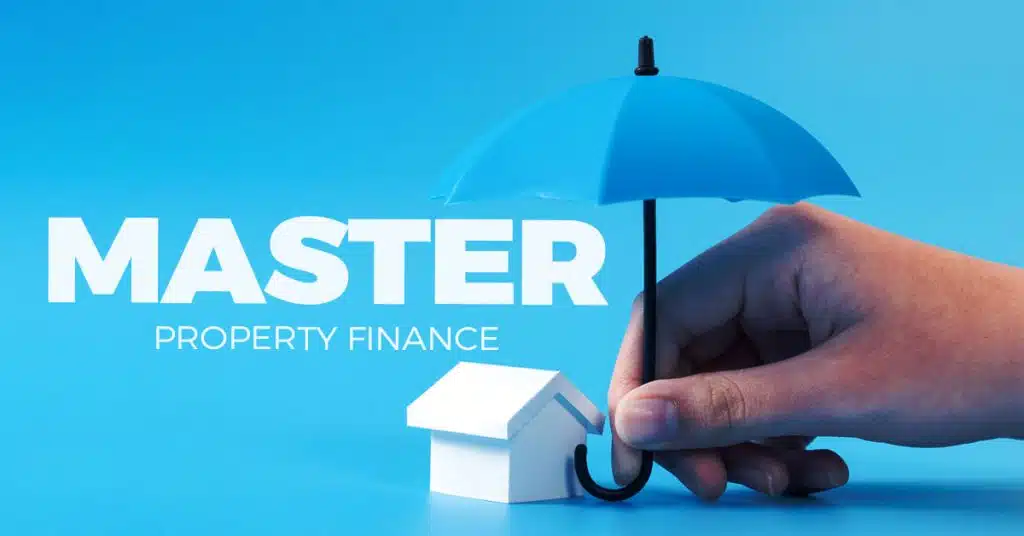How to use a Line Of Credit
Understanding property finance 👉11
A line of credit (LOC) works similarly to a credit card but with a relatively low interest rate. It is typically secured against your property and will have an interest rate similar to that of your mortgage. For a LOC, you are pre-approved for a specific borrowing limit and can draw on those funds at any time, but you must make routine repayments every month as you would a credit card. This is often achieved through what is known as a revolving line of credit where you would immediately pay in your wages and then take money back out when you need to spend.
LOCs can be very powerful tools to use in various scenarios. Often they will be used for renovation projects, where the LOC is taken out against that property to cover the expenses of the renovation. Alternatively, LOCs can be used by business owners to cash flow their business, acting as some breathing room to cover business expenses. This is particularly useful for businesses that work with large contracts that may take a long time to get paid. Often the LOC will be secured against the business owner’s own home to cover things like payroll and other monthly expenses. Then when their big contracts pay out, they put all that money back into their LOC.
The way LOCs are serviced by the bank is that they will require you to pay back 1% every month. So on a $200,000 credit, you would have to pay $2,000 into the LOC every month. If you fail to make these regular repayments, you will incur extra penalty fees.
Although useful, you should be wary of LOCs. If you get one that is too big, it will consume your borrowing capacity and prevent you from purchasing more properties. If you are approved for a $200,000 LOC, the bank assumes that you’ve drawn it all out even if you haven’t used it at all. They won’t approve you for subsequent loans while you have a large LOC available to you.
Additionally, you need to be careful not to corrupt the purpose of the loan with mixed-use. That is, you cannot use a LOC taken out for personal use to buy an investment property or an investment LOC for personal expenses, like buying a car. Rather avoid excessive LOCs altogether.
Come back for the twelfth property finance insight.
Stay tuned for more daily insights from Wealth Through Property.
~Daimien Patterson


